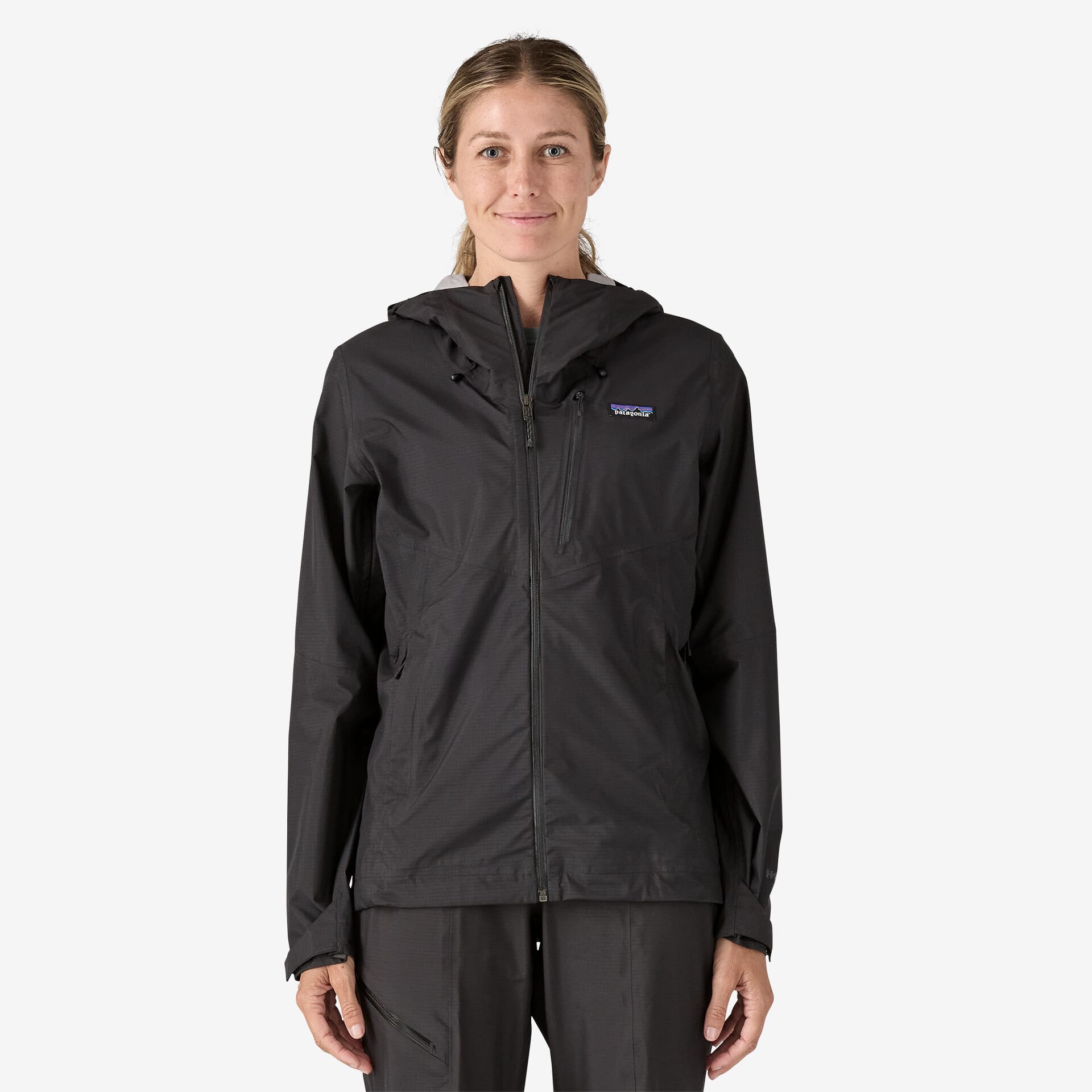Dressing in the mountains
In the mountains, the weather can change in an instant: a clear sky can turn into a freezing wind or a sudden downpour. Dressing in layers, following the “onion” method, is the key to experiencing each excursion with comfort and safety.
Here you will learn how to choose the right clothing for each season and weather condition. Whether you are an expert mountaineer or a beginner, you will discover everything you need to face the mountain at your best.
The essential layers for the mountains
Base layer (Baselayer)

Things?
The baselayer is the first layer in contact with the skin. Its job is to manage sweat, keeping you dry and warm.
Function
Transports moisture away from the skin.
Recommended materials
Merino wool: ideal for slower activities or winter trekking thanks to its thermoregulating and anti-odor properties.
Synthetic fibers: perfect for more intense activities and warmer climates.
Summer Tips
Choose a lightweight baselayer, in ultralight merino wool or technical polyester. It keeps you cool and dry during climbs.
Tips for winter
Opt for a thermal, medium-thickness baselayer to retain heat without compromising breathability.
Intermediate layer

Things?
The mid layer retains the heat generated by your body, keeping you comfortable without compromising breathability.
Function
Retains body heat.
Recommended materials
Fleece: Lightweight and breathable, ideal for moderate climates or as additional insulation.
Synthetic jackets: offer insulation even in humid conditions.
Summer Tips
A light fleece is sufficient for the evening or for high altitudes. Choose compressible models to save space in your backpack.
Tips for winter
Use a medium-thick fleece or a synthetic fiber jacket (e.g. Primaloft) for effective insulation even in the coldest conditions.
Outer layer (Shell)

Things?
The outer layer protects against the elements, completing the layering system.
Function
Protects from wind, rain and snow.
Recommended materials
Hardshell: For extreme conditions, it offers waterproofness and wind resistance.
Softshell: lighter and more breathable, suitable for moderate climates and dynamic activities.
Summer Tips
Bring a packable rain shell to protect you from sudden downpours. A softshell can be a versatile choice for dry days.
Tips for winter
Wear a sturdy hardshell to deal with strong winds, snowfall or sub-zero temperatures. Make sure it has a breathable membrane (e.g. Gore-Tex®).
Get ready for your next adventure. Explore our selection of technical clothing and discover the perfect equipment to experience the mountains in every season.
Living the mountain means facing its challenges with respect and preparation. With the right combination of layers and materials, you can enjoy every landscape and every trail, without worrying about the weather. Get ready today and face your next adventure with Dolomist.
Discover our guides. We are always at your side.
View all-

Back to What Matters: MADE Trek
A journey from city concrete to the Piave springs: blue rocks, waterfalls, the Marmot Trail, and meeting Anna at Rifugio Calvi. This is authentic mountain life.
Back to What Matters: MADE Trek
A journey from city concrete to the Piave springs: blue rocks, waterfalls, the Marmot Trail, and meeting Anna at Rifugio Calvi. This is authentic mountain life.
-

From City Walls to Dolomite Peaks: A New Path t...
The early morning light filters through the windows of a Zurich office building, casting geometric shadows across a mobile climbing wall that wasn't there yesterday. Children's laughter echoes from the...
From City Walls to Dolomite Peaks: A New Path t...
The early morning light filters through the windows of a Zurich office building, casting geometric shadows across a mobile climbing wall that wasn't there yesterday. Children's laughter echoes from the...
-

Leading with Digital to Protect the Mountains: ...
A European Framework with Deep Local Roots In the heart of the Alps, where technology often feels distant and nature speaks louder than data, a different kind of transformation is...
Leading with Digital to Protect the Mountains: ...
A European Framework with Deep Local Roots In the heart of the Alps, where technology often feels distant and nature speaks louder than data, a different kind of transformation is...



